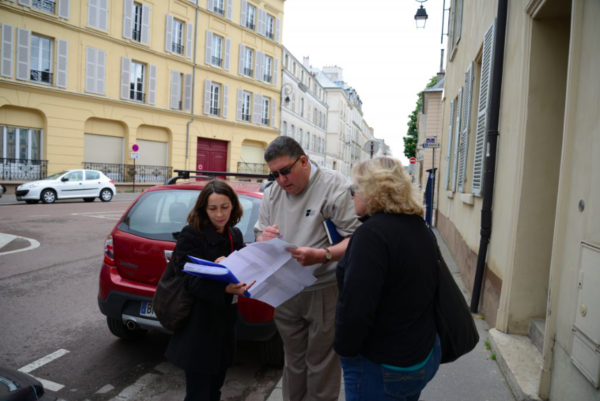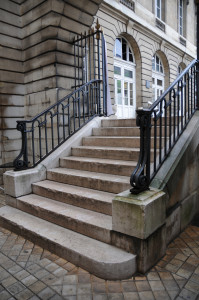I think that the answer to this question is really applicable to travel anywhere, not just in Europe. It’s the biggest travel mistake I have made, and it’s a travel mistake my wife has made. WE PACK TOO MANY CLOTHES!

As we have become more savvy in our travels, we’ve learned how to pack. I have found that I really don’t need eight pairs of pants. I’ve learned that there are very comfortable walking shoes other than Nike tennis shoes. I’ve learned that wearing the tee shirt or baseball cap with the New York Yankees emblem is not an appropriate thing to do (full disclosure: I don’t follow baseball). While I’ve never done this, I just shake my head when I see Mr. and Mrs. America in the crowd wearing matching sweat suits. I always say to myself, “Wow, what a pair of shmucks.”
Here’s another mistake…
One of the other mistakes is to find yourself in a city for three days and the ONE museum that you came to see is closed for three days a week. Guess what? It’s the three days you are there. So my advice is to research the primary sites before you commit to travel dates. In other words, look the places up on the Internet and get a sense for when they are open (and closed). We got to Paris once and we had never been to the Picasso Museum. So we trucked on over and found it was closed for renovations – very disappointing but our consolation prize was a visit to Père Lachaise cemetery.
Another mistake
…is to not take advantage of products or services you can purchase prior to your travels. While some of these are discounted, others will save you time when you get to your destination. If you’re going to travel by rail, then look into getting the Euro Rail Pass. It cannot be bought on the continent. You must buy before you leave. If you’re going to London or Paris, buy one of the Tube/Metro passes for a week or however long you need. Check out the city you’re going to visit to see if they offer a museum/attraction admission package. An example would be the Paris Museum Pass. You’ll have to do a little arithmetic to see if it’s worth it but one of the intangible benefits is that it lets you bypass those long lines at the Louvre or other popular attractions.
You will make travel mistakes. We all do. The smart people learn from their mistakes. They correct them the next time and just move on to new mistakes.
Do we have a lot of stories? Of course we do. I’m looking forward to sharing these with you. Please continue to visit our blog.
Thanks so much for following my blog and my little journey through this incredibly interesting process of writing a book and then getting the bloody thing published.
– Stew
Please note that I do not and will not take compensation from individuals or companies I mention or promote in my blog.
Are you following us on Facebook and Twitter?
Copyright © 2013 Stew Ross

